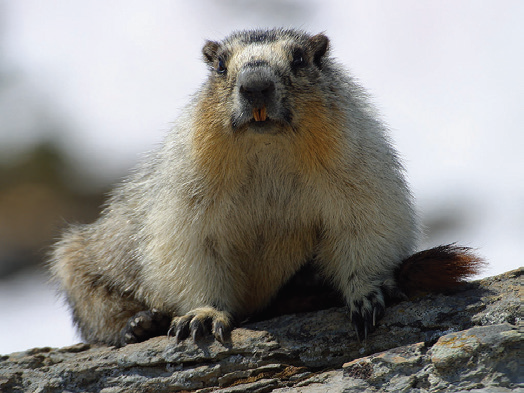Interesting Animal Facts
Why do crocodiles swallow stones?
Crocodiles eat a wide range of things such as turtles, fish, birds, giraffes, buffalo, lions and other crocodiles. What is more surprising is that they even swallow rocks and stones, which stay in their stomachs permanently. Crocodiles use these rocks as ballasts in diving.
Can you milk a whale?
Just like any other mammal, whales nurse their new-borns. Whale milk is surprisingly nutritious and rich in fat. At nearly 50 per cent fat, whale milk has around 10 times the fat content of human milk, which helps calves achieve some serious growth spurts. A baby whale can put on 200 pounds per day. Then, whale mums quickly teach their young where to eat on their own.
Do birds navigate?
We have detailed maps, GPS navigation systems and even mobile apps to guide us wherever we'd like to go. What about birds? Some species of birds, like the Arctic tern, make a 25,000 mile round-trip journey every year. What do these smart animals do to find their way? The answer is not so simple. Many species have built-in ferromagnets to detect their orientation with respect to the Earth's magnetic field. These ferromagnets work like a compass in birds. A study published in 2006 shows that pigeons use familiar landmarks on the ground below to help find their way home.
Can parrot-talk be logical?
Many of us think that parrot speech is just squawking with no sense. However, studies show that parrots engage in much more than just mimicry. They are capable of logical leaps and can solve certain linguistic tasks that a 4-6 year-old child can handle. Parrots appear to grasp concepts like "same" and "different," "bigger" and "smaller", "none" and numbers. It is also suggested that they can combine labels and phrases in new ways.
Do days get longer for beavers?
Beavers do not hibernate but they become near shut-in until the winter ends. They live off previously stored food and the fat in their tails. They also conserve energy by avoiding the cold outdoors, and remain in dark lodgings inside their pile of wood and mud. Beavers emerge at sunset and turn in at sunrise in summer. However, their biological sense of time shifts in winter, and they develop a waking-sleeping cycle of 29-hour days.

